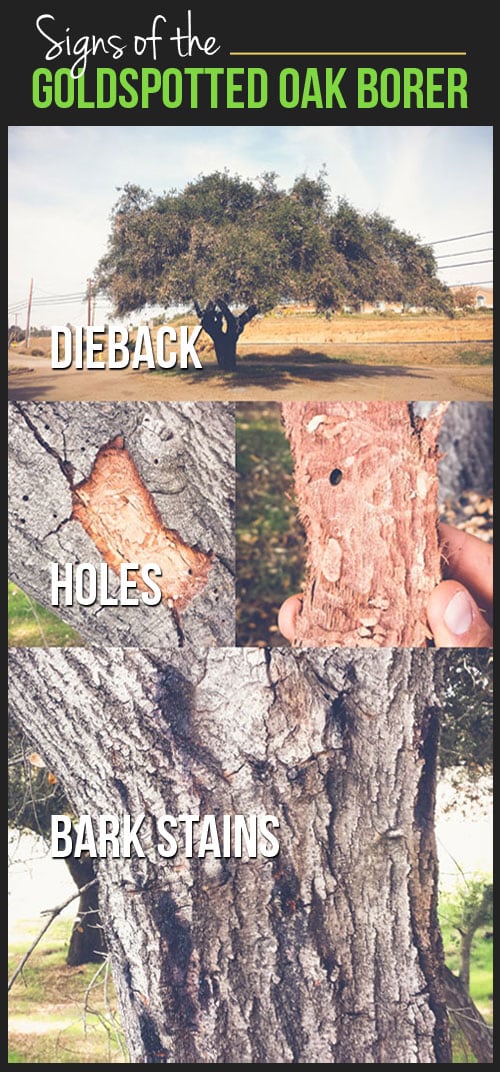Post-Tree Elimination Care: Exactly How To Recover Your Landscape Properly
Post-Tree Elimination Care: Exactly How To Recover Your Landscape Properly
Blog Article
Material Create By-Hinrichsen McKinnon
After a tree's elimination, your landscape might look quite different, and it's vital to examine the results very carefully. What Is A Reasonable Price For Tree Trimming 'll wish to evaluate the dirt disruption and inspect surrounding plants for any indications of anxiety. Neglecting these elements can lead to larger issues down the line. So, what should you perform with those stumps and roots? And just how do you pick the best plants for your rejuvenated space? Allow's check out these vital actions.
Analyzing the Results: Assessing Your Landscape
After a tree removal, it's critical to analyze your landscape to understand the impact it has on your backyard.
Beginning by taking a look at the location where the tree stood. Seek indications of soil disruption, and examine the surrounding plants for any kind of stress and anxiety or damage.
You must additionally take note of just how the removal has altered sunlight exposure and airflow in your garden. This shift can impact the growth of nearby plants, so it's necessary to evaluate their health.
Take into consideration the aesthetic elements also; the removal might develop an open space that you can redesign.
Ultimately, think about any possible disintegration issues that may arise from the tree's absence. Dealing with these aspects early will help bring back balance to your landscape.
Taking care of Stumps and Roots: Options for Elimination
When you have actually assessed the consequences of the tree elimination, you'll likely need to tackle the stump and roots left.
You have a few alternatives for removal. One effective approach is stump grinding, where a specialist uses a machine to grind the stump down to below ground level. This approach leaves very little interruption to your landscape.
If you prefer a do it yourself approach, you can make use of a combination of digging and chemical stump cleaners. Simply bear in mind, this procedure can require time and initiative.
Alternatively, think about leaving the stump as an all-natural feature, which can function as an unique yard element or habitat for wild animals.
Whatever Link Website select, addressing the stump and origins is crucial for restoring your landscape.
Choosing the Right Plants for Your New Room
As you analyze your newly gotten rid of space, picking the right plants can significantly boost your landscape's appeal and functionality.
Begin by taking into consideration the sunlight and soil conditions. For warm locations, opt for drought-resistant plants like lavender or succulents. In shaded places, ferns and hostas flourish well.
Consider the size and development routines of your plants; mix perennials and annuals for seasonal variety. Don't forget to integrate indigenous species; they call for less upkeep and support regional wildlife.
Group plants in odd numbers for an extra all-natural appearance and produce layers for visual depth.
Finally, ensure you have a mix of shades and structures to maintain your landscape vivid throughout the seasons.
Satisfied growing!
Final thought
Finally, restoring your landscape after tree removal is a rewarding process. By examining the results, addressing stumps and roots, and choosing the right plants, you'll create a successful atmosphere. Do not forget to integrate disintegration control steps to secure your soil. With a little initiative and care, you can transform your room into a lively garden that boosts your residential or commercial property. Accept the possibility to revitalize your landscape and appreciate the appeal of nature right in your yard!
